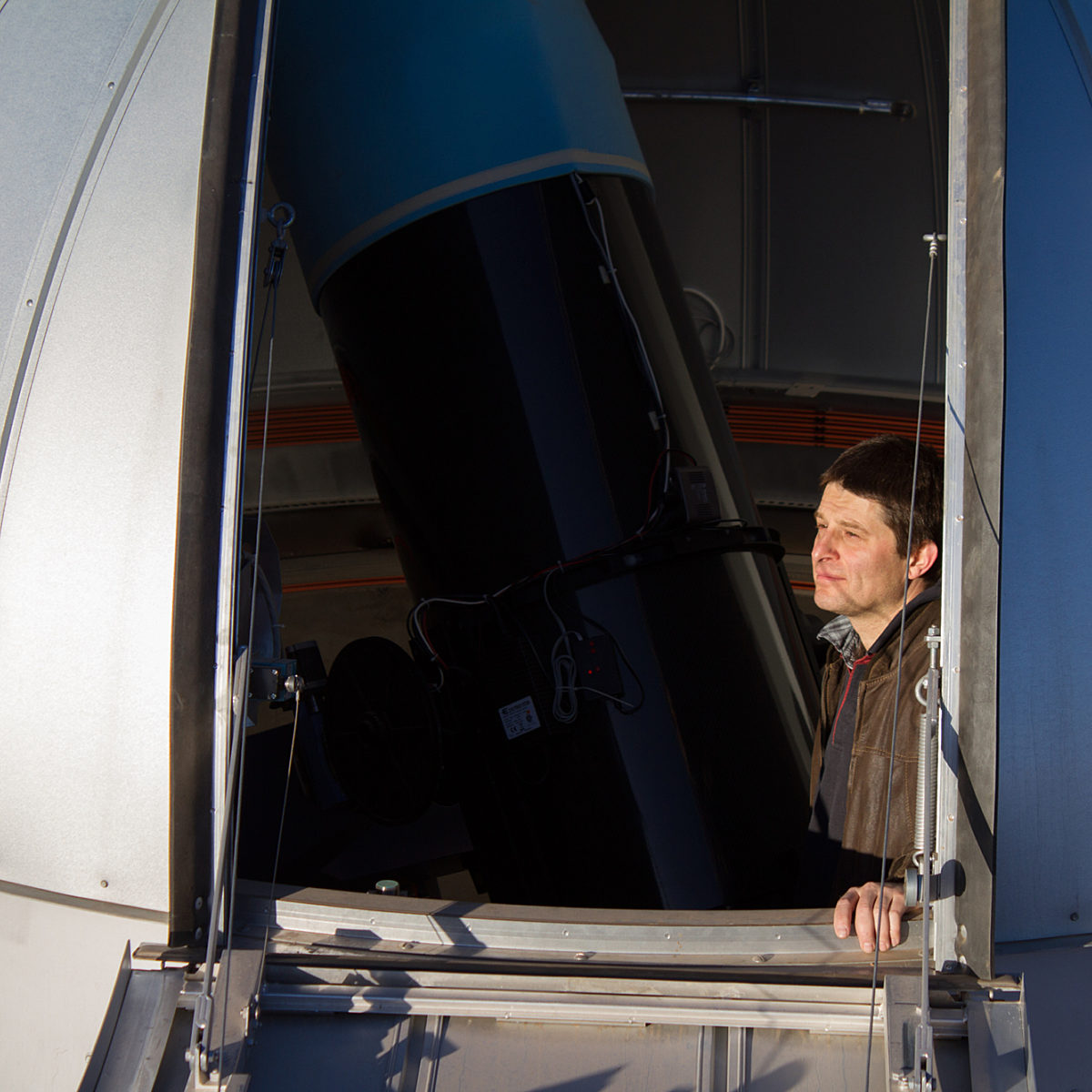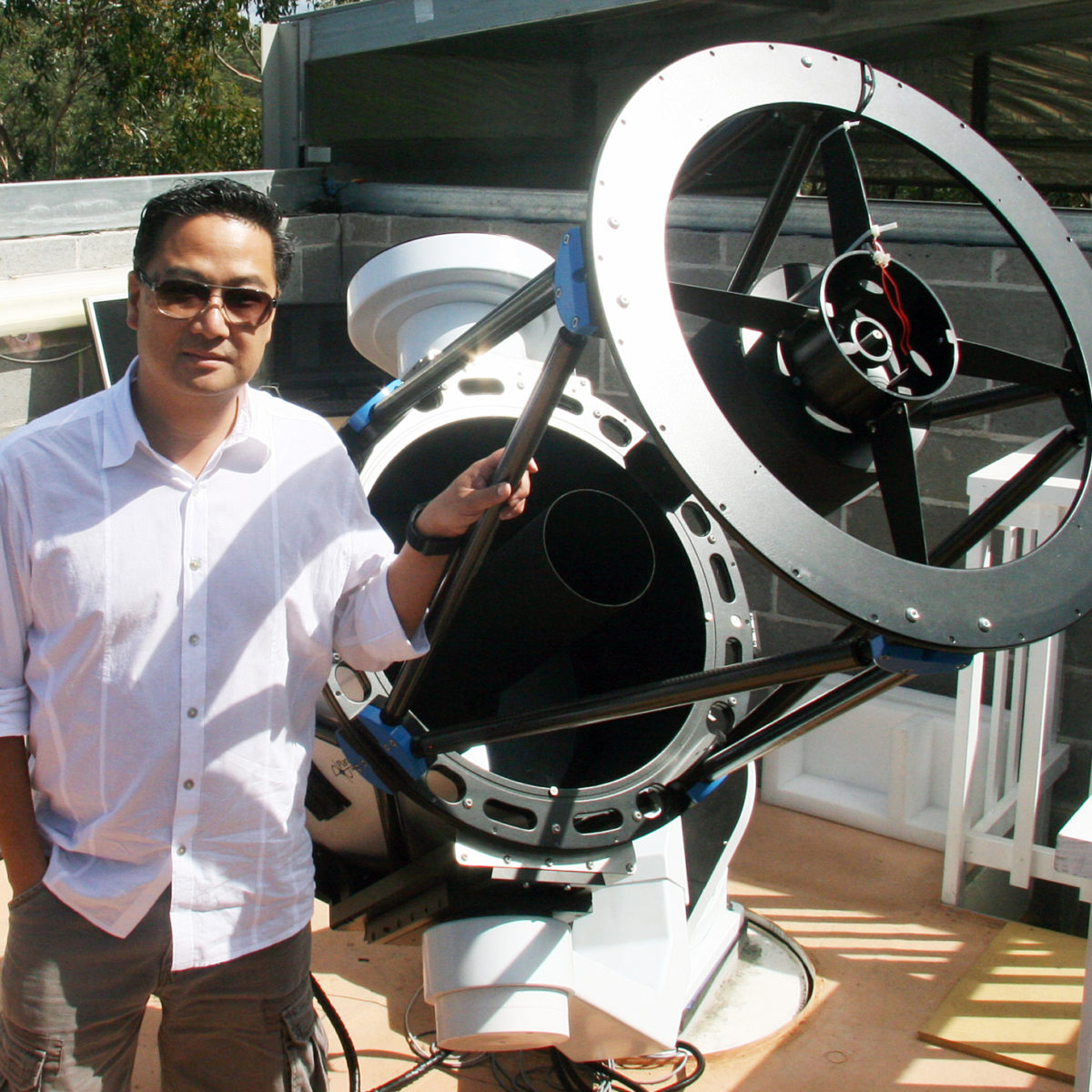Since 2002, Planetary Radio has visited with a scientist, engineer, project manager, advocate, or writer who provides a unique perspective on the quest for knowledge about our Solar System and beyond. The full show archive is available for free.
Search Planetary Radio
We celebrate NASA’s OSIRIS-REx mission’s successful return of samples from asteroid Bennu to Earth on this week’s episode of Planetary Radio.
The second round awardees in a Planetary Society grant program will explore extreme life in super-salty lakes, and study how future Martians will grow their own food.
A new volunteer SETI science project to search for alien technosignatures has launched! Two of its creators tell you how to sign up.
The Planetary Society’s new Science and Technology Empowered by the Public (STEP) grant program will let citizens join the search for ET and enable astronomers to discover the nature of hundreds of near-Earth asteroids.
Meet three of the just-announced recipients of Planetary Society Gene Shoemaker NEO grants. They search the skies for asteroids and comets that could threaten our planet.
Planetary Society grants have enabled amateur astronomers to discover and track asteroids that cross Earth’s path. We’ll meet two of them.
A distant, lonely planet has been discovered as it wanders the galaxy, while Bill Nye helps us celebrate selection of a radically-simple sample collection system for trips to the Moon and Mars’ moon Phobos.
The leader of the Mastcam-Z team talks about how the best cameras ever on the surface of Mars will help us explore a region that could once have supported life.
Our look ahead at the near-future of solar system exploration continues with Mars, the giant outer worlds, and the smaller bodies that can be found throughout the neighborhood.
We talk with two of our 2019 Shoemaker NEO Grant winners, who received funding to help find, track, and characterize potentially hazardous asteroids.
Join us as the little cubesat successfully unfurls its solar sail! You’ll hear from members of the LightSail 2 mission team on the morning of July 23, 2019, when the critical command was sent to the spacecraft.
A giant SpaceX Falcon Heavy lifted off in the early hours of June 25th. One week later, the LightSail 2 solar sail was released to begin its epic mission. You’ll join the thrilling launch, meet LightSail team members and leaders of other missions, and get a solar sail update in this very special episode.
The day is almost here. With the launch of a Falcon Heavy rocket, The Planetary Society will begin its mission to prove that a tiny, orbiting spacecraft can be propelled by the light of the Sun.
Leaders of the global effort to avoid a catastrophic Near Earth Object impact gathered at the 2019 Planetary Defense Conference. On the evening of May 1st, The Planetary Society partnered in an exciting PDC public event at the University of Maryland College Park. Presentations by Society CEO Bill Nye and NASA Chief Scientist Jim Green were followed by Planetary Radio Live.
One of the Planetary Society’s 2018 Shoemaker Near-Earth Object grants has gone to astronomers searching the sky from a mountaintop in the North African nation of Morocco.
Join Mat Kaplan in California’s Mojave Desert for special coverage of not one but two rocket flights and a real world test of PlanetVac, the innovative, radically simple way to collect surface samples from other worlds.
Seven astronomers have been selected to receive Shoemaker NEO (Near Earth Object) grants from the Planetary Society. They and their observatories span the planet. We’ll meet an American and an Australian. Society Chief Scientist Bruce Betts provides an overview of the grant program and later returns for this week’s edition of What’s Up. The Planetary Society’s Kate Howells reports on the outlook for space funding in Canada’s newly-released federal budget. She and Society CEO Bill Nye also met with Prime Minister Justin Trudeau.
Space is hard. Sample collection and return is harder still. That’s why the radically-simplified PlanetVac system from Honeybee Robotics is so intriguing.
It has been 40 years since Carl Sagan and others shared the best of humanity with the stars. A new online multimedia project has been created as a 21st century homage to the Golden Record.
Mat Kaplan attended a meeting of the science team for the zoom lens camera that will be atop the Mars 2020 rover mast. Planetary Scientist Jim Bell tells us how this new system will show us the Red Planet as we’ve never seen it before.


 Explore Worlds
Explore Worlds Find Life
Find Life Defend Earth
Defend Earth





















